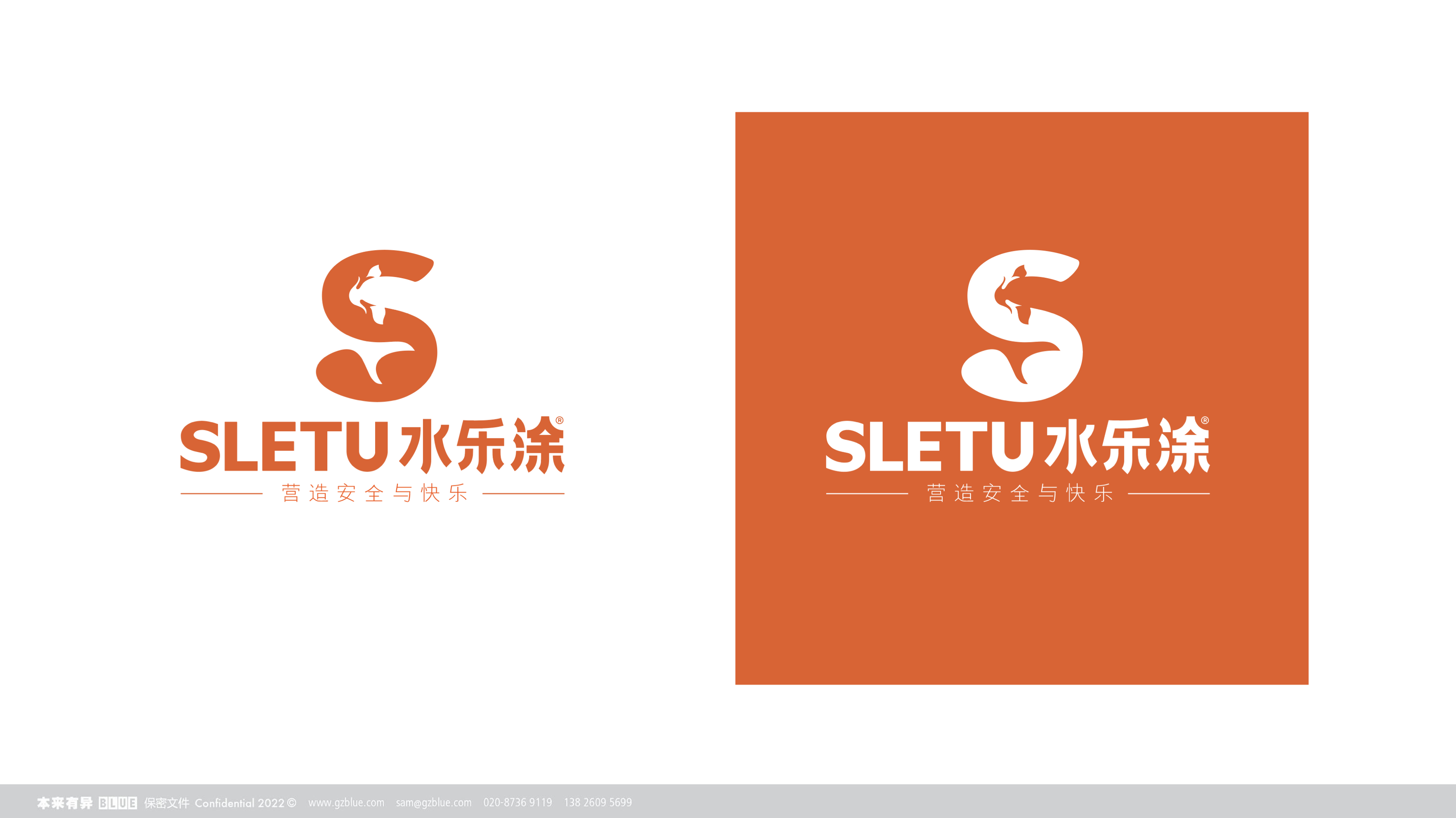
Brand content strategy and design are important components of building and maintaining brand image, aiming to convey brand value, attract target audiences and enhance brand identity through careful planning and creation of content. The following is a detailed introduction to brand content strategy and design:
I. Brand content strategy
1. Target audience analysis
- Demographics: Understand basic information such as age, gender, income, education level, etc. of the target audience.
- Psychographic characteristics: Analyze the audience's interests, values, lifestyles and purchasing motivations.
- Behavioral analysis: Study the audience's consumption behavior, content consumption habits and interaction methods.
2. Brand positioning and core values
- Brand positioning: Clarify the brand's unique position and competitive advantages in the market.
- Core values: Determine the concepts and values represented by the brand, such as quality, innovation, environmental protection, etc.
3. Content goals
- Brand awareness: Increase brand awareness and market exposure.
- Brand identity: Enhance the audience's emotional identification and trust in the brand.
- Brand loyalty: Improve user loyalty and repurchase rate.
- User education: Deliver product knowledge and usage methods through content to enhance user experience.
4. Content types and formats
- Online articles: In-depth exploration of industry topics, product features and brand stories.
- Social media posts: Share brand dynamics, user-generated content and interactive activities.
- Video content: Enhance visual impact through product demonstrations, customer testimonials and brand documentaries.
- Infographics: Display data and information in a graphical way to enhance readability and sharing.
- E-books and white papers: Provide professional knowledge and industry insights to establish brand authority.
5. Content creation and publishing plan
- Creation process: A complete process from content planning, writing, design to review.
- Publishing plan: Develop a schedule and channel strategy for content publishing to ensure continuity and consistency.
- Seasonal and thematic content: Content planning in conjunction with holidays, hot events and brand activities.
6. Content distribution and promotion
- Social media: Use different social platforms to publish and promote content to increase brand exposure.
- Search engine optimization (SEO): Optimize content to improve rankings in search engines and increase natural traffic.
- Collaboration and promotion: Collaborate with industry influencers, media and other brands to expand the scope of content dissemination.
7. Data analysis and optimization
- Content performance evaluation: Use data analysis tools to monitor content visits, click-through rates, interaction rates and other indicators.
- User feedback collection: Understand user reactions to content through comments, surveys and direct feedback.
- Continuous optimization: Adjust content strategy and creation direction based on data analysis and user feedback to improve content effectiveness.
2. Brand content design
1. Visual identification system
- Brand logo (Logo): Ensure consistent use of the logo in all content to enhance brand recognition.
- Brand color: Select colors that reflect the brand personality and positioning to ensure visual consistency.
- Font selection: Select fonts that match the brand tone to maintain a unified style of content.
2. Visual elements and patterns
- Design elements: Use brand-specific icons, patterns and textures to increase visual memory points.
- Image style: Select photos and illustration styles that match the brand image to maintain visual consistency.
3. Multimedia content
- Video design: Produce high-quality video content, including animation, real-life shooting, and graphic presentation.
- Infographics: Design intuitive and beautiful infographics to help audiences quickly understand complex information.
- Interactive content: Create highly interactive content, such as quizzes, games, and interactive graphics, to enhance user engagement.
4. Layout design
- Page layout: Design a simple and clear page layout to ensure that the content is easy to read and navigate.
- Typography rules: Establish consistent typography rules, such as paragraph spacing, title hierarchy, and alignment, to enhance overall aesthetics.
5. User experience design
- Usability testing: Optimize the usability and readability of content through user testing and feedback.
- Responsive design: Ensure that the content performs well on different devices and screen sizes, and provide a consistent user experience.
6. Brand story and emotional resonance
- Brand story: Tell the brand's history, mission, and vision through content to establish an emotional connection with the brand.
- Emotional resonance: Create content that resonates with users to enhance brand affinity and user loyalty.
With the above strategies and design elements, companies can build a comprehensive and systematic brand content strategy and design framework to ensure that brand content can effectively convey brand value, attract and retain target audiences, and enhance brand competitiveness and recognition in the market.





